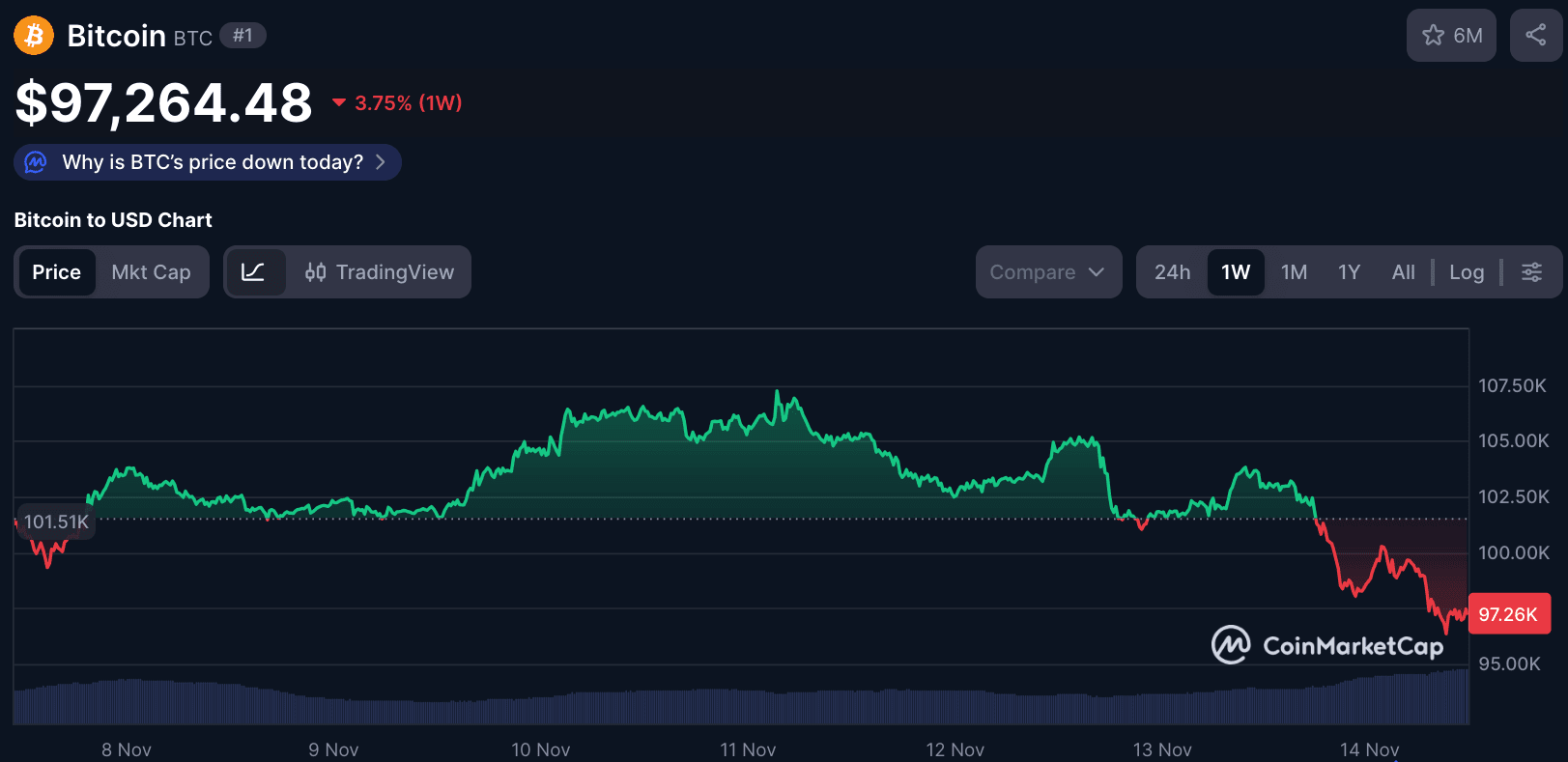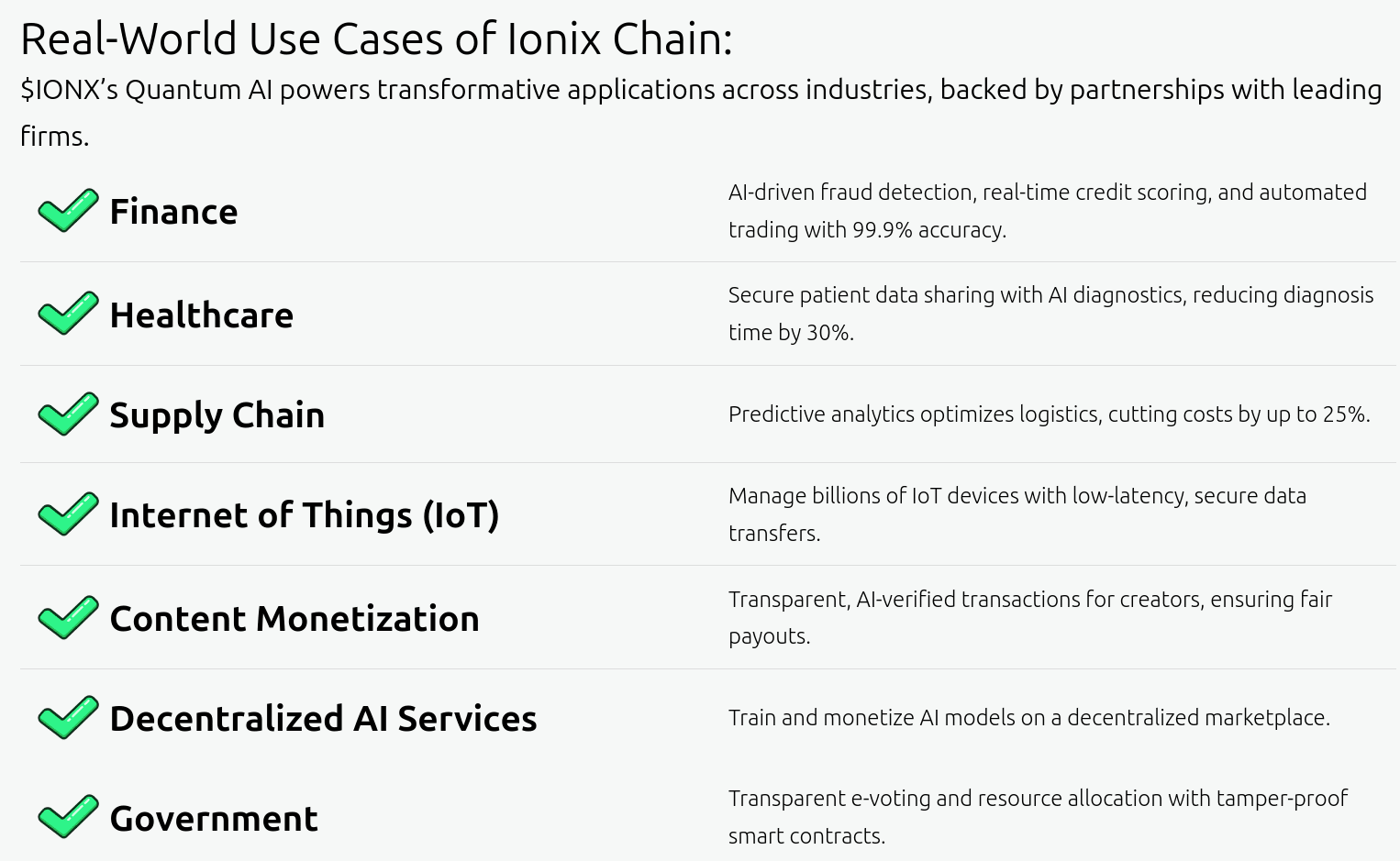As the price of Bitcoin falls, liquidity
The ability to quickly convert digital currencies or tokens into another asset or cash without affecting the price.
Diversifying liquidity investments and entering the market at staggered times help smooth price fluctuations. Volatility
This term refers to the degree to which the price of cryptocurrency deviates from its average value over a specific period.
">Volatility presales allow investors to avoid the impact of severe price fluctuations on exchanges before market conditions improve.
As market sentiment turns cautious, projects that focus on practical utility receive more attention than purely speculative projects.
Bitcoin Super meets the needs of emerging markets—fast $BTC payments and simple dApps—while inheriting Bitcoin's settlement guarantees.
The best wallet
A device or application that can securely store user public and private keys while allowing interaction with blockchain networks.
“>Wallet tokens link the token value to the actual operations of the wallet: lower fees, priority access to platform launch, and enhanced rewards for holders in daily use.
The mid-week Bitcoin rebound was declared over on Thursday, with prices turning down during U.S. trading hours, falling below the $100,000 mark.
After the government shutdown, liquidity tightened, and the prices of risk assets continued to fluctuate, causing trader sentiment to become tense and short positions to increase. Weak afternoon trading volume further reinforced market expectations that the highs of early 2025 may not be seen again this year, at least not without new catalysts.

After Thursday's plunge, Bitcoin prices remain below $100,000. Source: CoinMarketCap)
The key lies in how to position during liquidity reset periods. Pullbacks compress valuations and shift attention to early investment targets that are less affected by intraday volatility.
The macroeconomic environment is still in the verification phase, and retail investors are currently seeking the best cryptocurrency pre-sale opportunities, hoping to gain defensive upside before the year's end. This is because pre-sales can decouple entry prices from exchange volatility and reward long-term holding. Staking
Staking refers to actively participating in transaction validation on a blockchain based on a proof-of-stake (PoS) mechanism (similar to mining). Users holding a specific cryptocurrency that meets minimum balance requirements can validate transactions and earn rewards. These rewards are set by the network and then sent to the user's wallet.
“>Staking yields and allowing cautious, phased exposure rather than chasing candlestick patterns.
Currently, several projects have garnered widespread attention: Bitcoin Super and its Bitcoin Layer 2, Best Wallet Token, and a decentralized finance
Decentralized Finance (DeFi) refers to a broad category of decentralized applications (dApps) related to finance built on public blockchains.
“>DeFi self-custody applications, along with AI-equipped L1's Ionix Chain. Blockchain
A blockchain is essentially a digital chain made up of blocks, but not in the traditional sense of a blockchain. These 'blocks' are made up of bits of information, and when we refer to 'blocks' and 'chains', we are talking about the digital data stored in a public database. Blockchain provides an innovative way to automatically and securely transmit information. Transactions begin with one party creating a block, then validated by thousands or even millions of computers in the network. This decentralized financial transaction ledger continually evolves, continuously adding new data.
The reason blockchain is tamper-proof is that each record is unique, with its own independent history. To tamper with a record, you would need to change the entire blockchain containing millions of records. Blockchain is based on three core principles: decentralization, transparency, and immutability.
blockchain.
These three crypto products target real pain points—Bitcoin throughput, wallet usability, and inter-chain connectivity for scalable smart contract automation. Each product has a clear application scenario, transparent token terms, and a development roadmap consistent with where capital may flow after liquidity recovery.
1. Bitcoin Hyper ($HYPER) – Bitcoin Layer 2, with Solana speed and contract functionality.
Bitcoin Hyper ($HYPER) aims to make Bitcoin feel instantaneous and cheap by moving transactions to a high-throughput Layer 2 executed using the Solana Virtual Machine (SVM), and submitting state back to Bitcoin.
In simple terms, it is a rolling design for connecting Bitcoin and processing transfers. Off-chain
Transactions conducted on cryptocurrency networks can transfer value off the blockchain.
Off-chain and settled to L1 for security. This addresses Bitcoin's biggest pain points today: transaction fees and finality. SVM integration also supports Solana-style payments. Smart contracts
A smart contract is a digital protocol that securely verifies and executes contract terms without intermediaries. These contracts enable parties to trade directly in a transparent and undisputed manner—whether money, property, stock, or other valuable items. A good way to understand smart contracts is to compare them to a vending machine. Normally, to make a contract legally binding, you need to visit a lawyer or notary, pay fees, and ultimately sign documents. With smart contracts, you simply deposit cryptocurrency (like Bitcoin) into the system (just like in a vending machine) to execute the contract.
“>Smart contracts unlock DeFi utility features such as yield protocols, dexmedetomidine.
Decentralized exchange
“>DEX exchange, even NFT
Non-fungible tokens (NFT) are digital assets used to verify ownership of unique physical or digital items.
“>NFT market.
Importantly, this design retains Bitcoin's security model rather than trying to reinvent it, giving its narrative credibility across cycles. Structurally, this positions $HYPER interestingly in the current cycle stage.

It captures the concept of 'faster Bitcoin' without requiring users to give up the main chain, and furthermore adds passive rewards (with dynamics). APY
annual percentage yield
APY now has a return of 42%, suitable for anyone willing to lock tokens during the network launch.
After Bitcoin's price fell to $96,000, the market still feels uneasy, while the combination of a clear narrative, passive returns, and Bitcoin's native settlement method gives HYPER potential.
$HYPER token pre-sale price is currently $0.013275, having raised over $27.5 million. On-chain
Transactions recorded and verified on the blockchain.
If on-chain market activity resumes and Hyper launches its token and real-time network in Q4 2025/Q1 2026, the ecosystem may carve out a niche in microtransactions, meme coins, and simple dApp markets.
Participate in the Bitcoin Supermarket pre-sale.
2. Best Wallet Token ($BEST) – a utility token for wallets that is a cryptocurrency based on smart contract blockchain, playing a specific role in the project ecosystem. “>Utility token holder privileges
A wallet that can concentrate daily cryptocurrency transactions on one platform can achieve success. Best Wallet Token ($BEST) tends toward this. Best Wallet – a multi-chain, non-custodial application that integrates swaps, pre-sale opportunities, upcoming staking aggregators, and cryptocurrency debit cards with up to 8% cashback.
$BEST tokens can be used for discounts and privileges: reduced purchase and exchange fees, priority access to partner launches via in-app cryptocurrency platform, and higher returns after the third phase of the staking aggregator goes live.

The pre-sale price is $0.025945 per token, having raised over $17 million, with dynamic staking rewards currently at 77%. In a volatile market, such yields are crucial; they allow users to wait for token listings while the product line is gradually rolled out.
The pre-sale will end on November 28, with only 14 days remaining before the sales channels close. The appeal of this event lies not in the hype, but in distribution: for every new wallet installed, users will chase lower fees, Launchpad spots, and future staking rewards, which will continue to drive demand for $BEST as the ecosystem matures.
Buy $BEST before the pre-sale ends!
3. Ionix Chain ($IONX) – an AI-first layer for automating cross-chain workflows.
Ionix Chain ($IONX) takes an approach from the ground up, focusing on AI development trends. It is a dedicated AI Layer 1 that aims to run automated smart contracts with low transaction fees instead of adding AI to existing blockchains.
Ionix's underlying technology combines AI-guided consensus with DAG-style parallel processing, allowing dApps like trading bots, fraud monitors, or dynamic lending protocols to react to real-time inputs rather than waiting for manual updates.

The engine is designed to secure cross-chain data flows by verifying data between networks, connecting ecosystems like Ethereum, BNB Chain, and Solana.
Currently, the IONX token has begun its pre-sale on Ethereum, priced at $0.045, having raised over $1.5 million, and supports multiple payment methods including ETH, USDT, SOL, and BNB. IONX will adopt a multi-stage sales model and introduce a staking reward mechanism for liquidity providers offering up to 12% annualized returns, linking rewards to actual network usage rather than short-term mining.
Summary: After Bitcoin's price fell below $100,000, the market environment remains fragile, and liquidity is still recovering to normal. This environment favors pre-sale projects with clear utility and ample funding. Bitcoin Hyper adopts a Rollup design to solve Bitcoin's throughput problem. Best Wallet Token transforms multi-chain wallets into incentive engines. Ionix Chain aims to achieve convenient, dynamic blockchain automation. Each approach can accelerate operations as liquidity recovers and continue to function during liquidity fluctuations.#美国结束政府停摆



